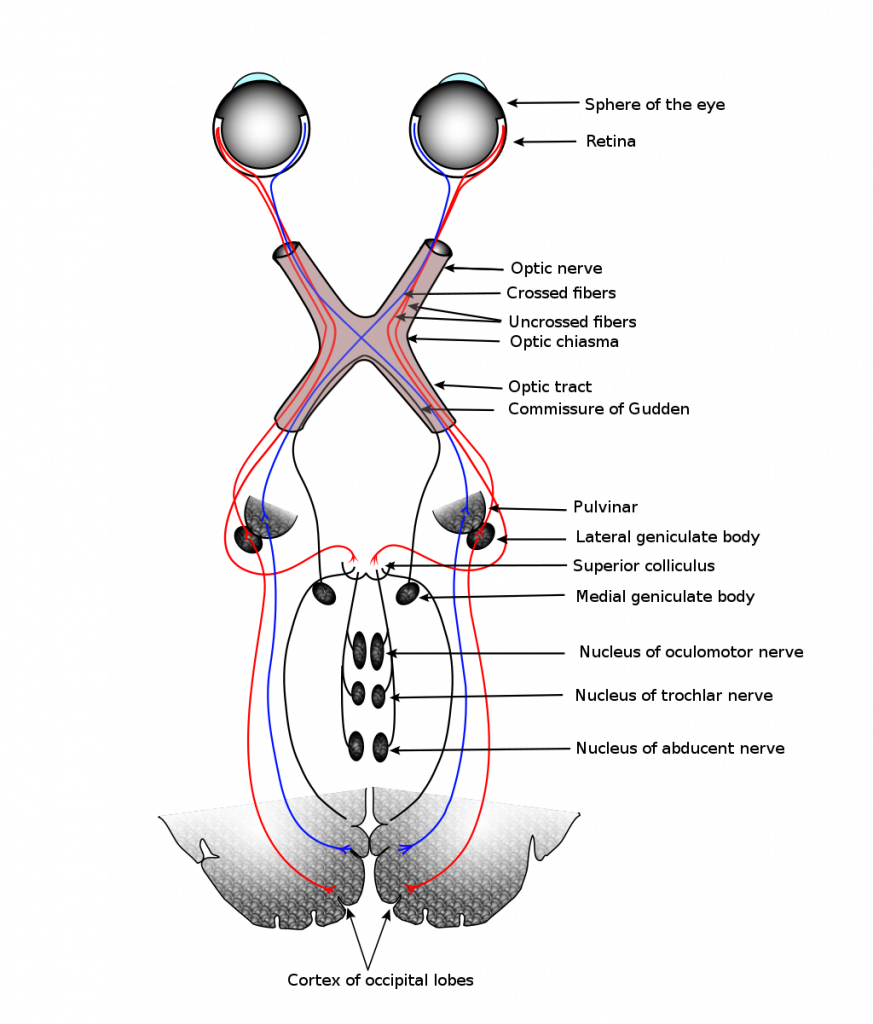Physical Exercise
Connection to Cellular Respiration: When you engage in physical exercise, your muscles require a significant amount of energy to contract and perform work. This energy is supplied by the ATP produced through cellular respiration.
Process Explanation: As you start exercising, your body demands more oxygen to support increased energy needs. This oxygen is essential for the final stages of cellular respiration, where the majority of ATP is generated. The increased breathing rate and heart rate during exercise ensure that cells receive sufficient oxygen for efficient energy production.
Digestion and Nutrient Absorption:
Connection to Cellular Respiration: After consuming a meal, the nutrients (including carbohydrates, fats, and proteins) need to be broken down and converted into a form that can be used for energy production in cellular respiration.
Process Explanation: The digestive system breaks down complex food molecules into simpler forms. Glucose, derived from carbohydrates, is a primary substrate for cellular respiration. Nutrients absorbed in the small intestine are transported to cells, where they undergo glycolysis and enter the citric acid cycle to produce energy.
Maintaining Body Temperature
Connection to Cellular Respiration: The body needs energy to maintain a constant internal temperature, especially in cold environments.
Process Explanation: Even during rest or mental activities, the brain relies on a continuous supply of energy from cellular respiration. Glucose is a crucial fuel for brain cells, and disruptions in this energy supply can affect cognitive performance.
Everyday Movements
Connection to Cellular Respiration: Simple actions like walking, talking, and even sitting require energy that is derived from cellular respiration.
Process Explanation: Muscle contractions, vocal cord movements, and basic bodily functions involve the utilization of ATP produced through glycolysis, the citric acid cycle, and oxidative phosphorylation.
To Read more about Cellular Respiration click below



